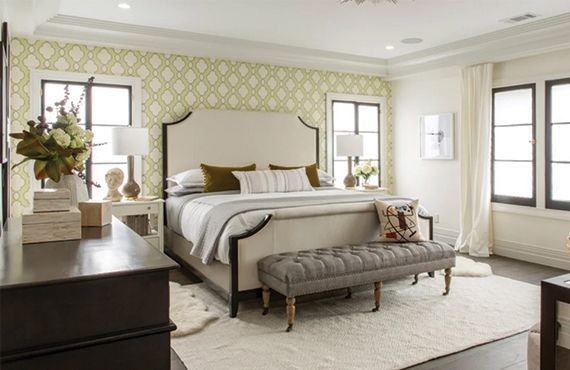
Redesigning a bedroom sounds fun, but most folks really want to know one thing: Is it worth the time and money? The short answer is yes—an updated room can help you sleep better, stay organized, and even boost your home’s value.
A smart bedroom remodel can improve sleep quality, lower stress, cut energy bills, and make the space feel fresh—all while adding resale appeal.
In this article, we’ll explore why a makeover matters, how to plan, which upgrades give the best payback, and simple steps to keep the project on track.
Why Remodel Your Bedroom?
A bedroom should support rest and health. When walls are dull and storage is messy, the quality of sleep suffers. Fresh finishes, improved lighting, and better airflow make the room calmer, and that calm shows up as deeper sleep cycles.
Better sleep can raise focus and mood.
Insulation changes can trim utility costs.
Modern storage keeps clutter away, reducing morning stress.
Stylish updates lift market value when it’s time to sell.
Fact Box The National Sleep Foundation reports that a cool, dark, quiet room increases deep-sleep time by up to 25 %.
Planning Your Bedroom Makeover
- Set Clear Goals
Write down what bugs you the most—maybe the room is too hot, your closet spills over, or the paint feels gloomy. Goals keep spending in check.
Quick Tip: Snap photos of rooms you like. Noting colors, textures, and layouts helps you spot patterns in your taste.
- Make a Realistic Budget
Allocate funds for:
Structural fixes (windows, insulation)
Core comforts (mattress, blackout curtains)
Style extras (decor, smart bulbs)
Leave 10 % aside for surprises such as hidden drywall damage.
- Pick a Schedule
Minor refreshes need a weekend; bigger jobs—new floors, larger closets—may run three to six weeks. Aim to finish loud work first so dust doesn’t ruin fresh paint.
Key Elements That Boost Comfort
- Mattress and Bedding
A supportive mattress eases pressure points; breathable sheets keep temperature steady. Invest here first if funds are tight.
- Lighting Layers
Combine:
- Ambient (ceiling fixture)
- Task (bedside lamps)
- Accent (LED strips behind a headboard)
Dimmer switches let you cue the body for sleep.
Info: Blue light after dark can delay melatonin release. Look for bulbs with a warm-white setting (2700 K).
- Airflow and Temperature
Add ceiling fans or upgrade HVAC vents. Even a draft-stopper under the door helps maintain a stable 65–70 °F.
- Sound Control
Carpet, rugs, and fabric panels absorb noise. For busy streets, consider laminated windows rated STC 35 or higher.
Style Upgrades That Pay Off
- Color Palette
Soft neutrals—think pale gray, misty green, or off-white—make the room feel calm. Accent one wall with a deeper shade for depth.
- Smart Storage
Under-bed drawers, built-in shelves, and closet systems clear floor space and speed up morning routines.
- Tech Touches
- Smart thermostats adjust temp before bedtime.
- Voice-controlled lights remove the need to fumble for switches.
Typical Cost vs. Benefit

Budgeting and Return On Investment
Remodeling Magazine’s latest Cost vs. Value study shows that mid-range bedroom projects recoup roughly 70 % of costs at resale. Focus on visible, widely appreciated improvements such as lighting, insulation, and storage to maximize payback.
Warning: Don’t overspend on highly personal decor—bold murals or niche wallpaper may lower broad buyer appeal later.
Conclusion
A bedroom remodel is far more than paint and décor. With clear goals, smart budgeting, and well-chosen upgrades, you can improve sleep, cut clutter, lower energy use, and add real resale value. If you’d like expert help turning those plans into reality, Wesbridge Builders LLC is ready to guide you from the first sketch to the final walkthrough—so you can start enjoying better nights and brighter mornings sooner.
FAQs
How long does a typical bedroom remodel take?
Most projects wrap up in three to six weeks, depending on scope and contractor availability.
What part of the room should I upgrade first?
Start with comfort essentials: a quality mattress and proper lighting give the biggest day-to-day benefit.
Do smart home gadgets really help sleep?
Yes. Timed thermostats and dimmable lights can align room conditions with your body clock.
Will a remodel raise my energy bills?
Not if planned well—LED bulbs and insulated windows usually lower monthly costs.
Is a permit needed for bedroom work?
Paint and flooring rarely need permits, but moving walls, adding windows, or major electrical changes often do.